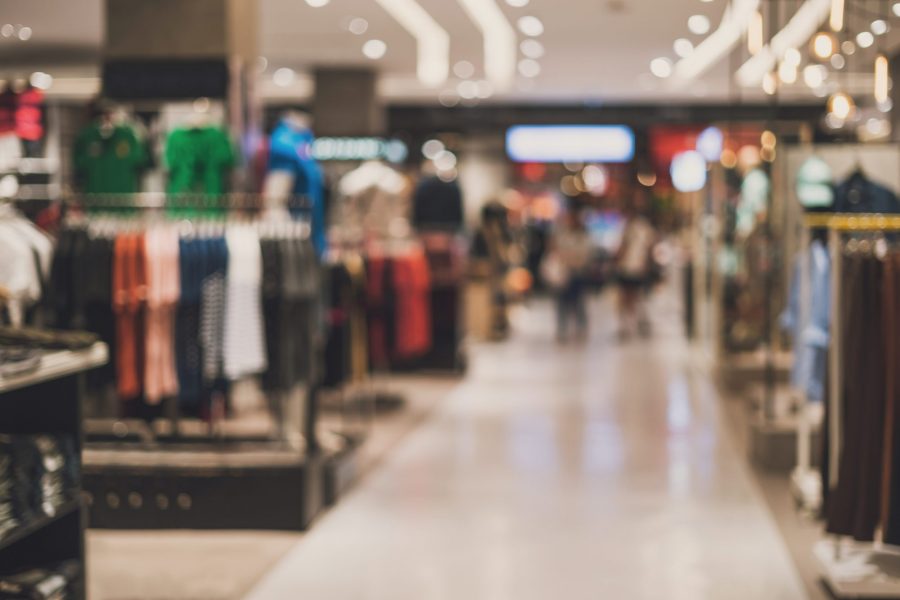
Our Blog
Managing a transformational shift in last-mile parcel handling
Written by: pdm
2 Min Read
Published: April 12, 2020
Updated: November 8, 2023
We’re currently at an unanticipated, global period of change where companies, organisations and individuals are adapting to different and new ways of working and communicating. Rocketing volumes of online purchases, both business and personal, are being made online, and retailers are getting goods to shoppers through a variety of rapidly evolving delivery services. Long-term, approaches to managing last-mile delivery will need to adapt to manage a permanent shift in shopping and delivery habits.
Around the globe, people are being forced to change many of their long-established life and working habits. Remote working and digital communications are replacing time spent in the office and traditional forms of connecting with family and friends. In the short term at least, delivery processes and supply chains are going to have to adapt to dynamic changes in demand.
Ecommerce sales are rising rapidly as people turn to online shopping to get access to goods through deliveries rather than in-store. As more people make the switch to online for the majority of purchases, a change in habits could result in a potential long-term shift in the way we shop. Infrastructures are likely to adapt in response, as delivery services rise to meet the challenges presented by increasing parcel volumes.
Last-mile delivery challenges
These challenges are seen in apartment blocks, office buildings and other sites where processing and storing large quantities of incoming parcels can be time-consuming and inconvenient for site staff and parcel recipients.
It’s a drain on resources for staff – now busier than ever with critical tasks – to spend time locating parcel addressees and to attempt deliveries, sometimes multiple times. What’s more, until parcels have been delivered, they pose safety and security risks, particularly if they are stored in communal areas where they could go missing or become damaged.
Throughout the process of on-site parcel management, it’s important that items can be traced, and this may not be straightforward if delivery records are manual and paper-based. Papers can be mislaid; the right documents may not be available when people come looking for their parcels, in which case the status of deliveries might not be clear.
Secure parcel lockers
As organisations and individuals prepare for a future when even more items are purchased online and delivered to places of work or residence, lockers offer convenient, secure storage. Recipients can collect at any time and receive automated notifications when they have a delivery.
They access self-serve lockers using a PIN or barcode, which they receive with their notifications. Throughout, full digital records of the status of deliveries is maintained.
As capacity and demand ebbs and flows, creating a locker parcel hub could also reduce strain by removing the ‘final mile’ entirely, meaning items only have to be distributed so far. Recipients could even be given suggested slots for collection to give even greater control over when and how parcels are distributed.
To find out more about how locker solutions work and what they could do for you, click here.



